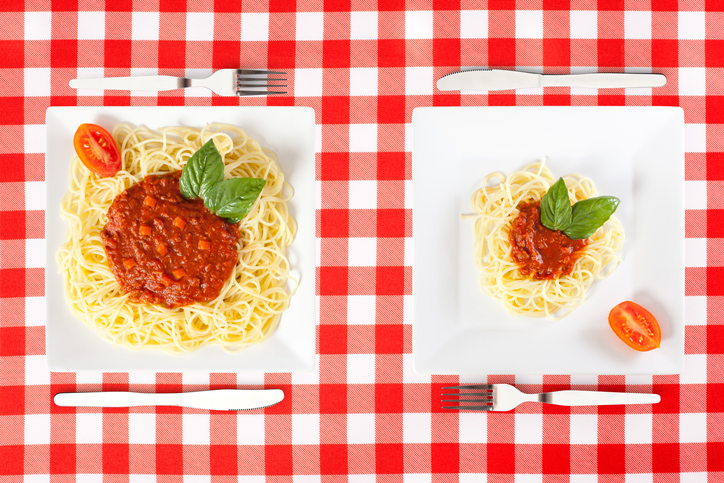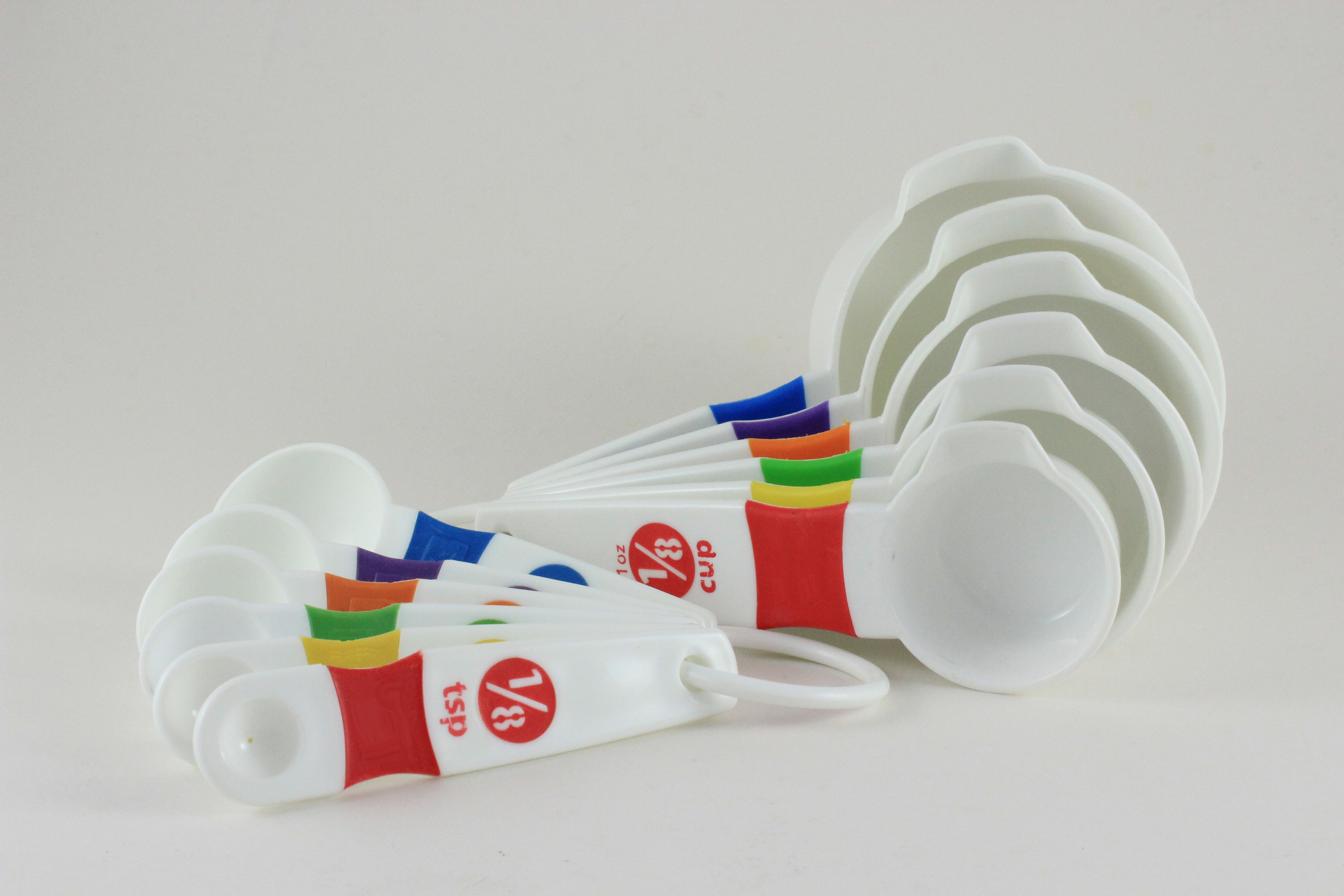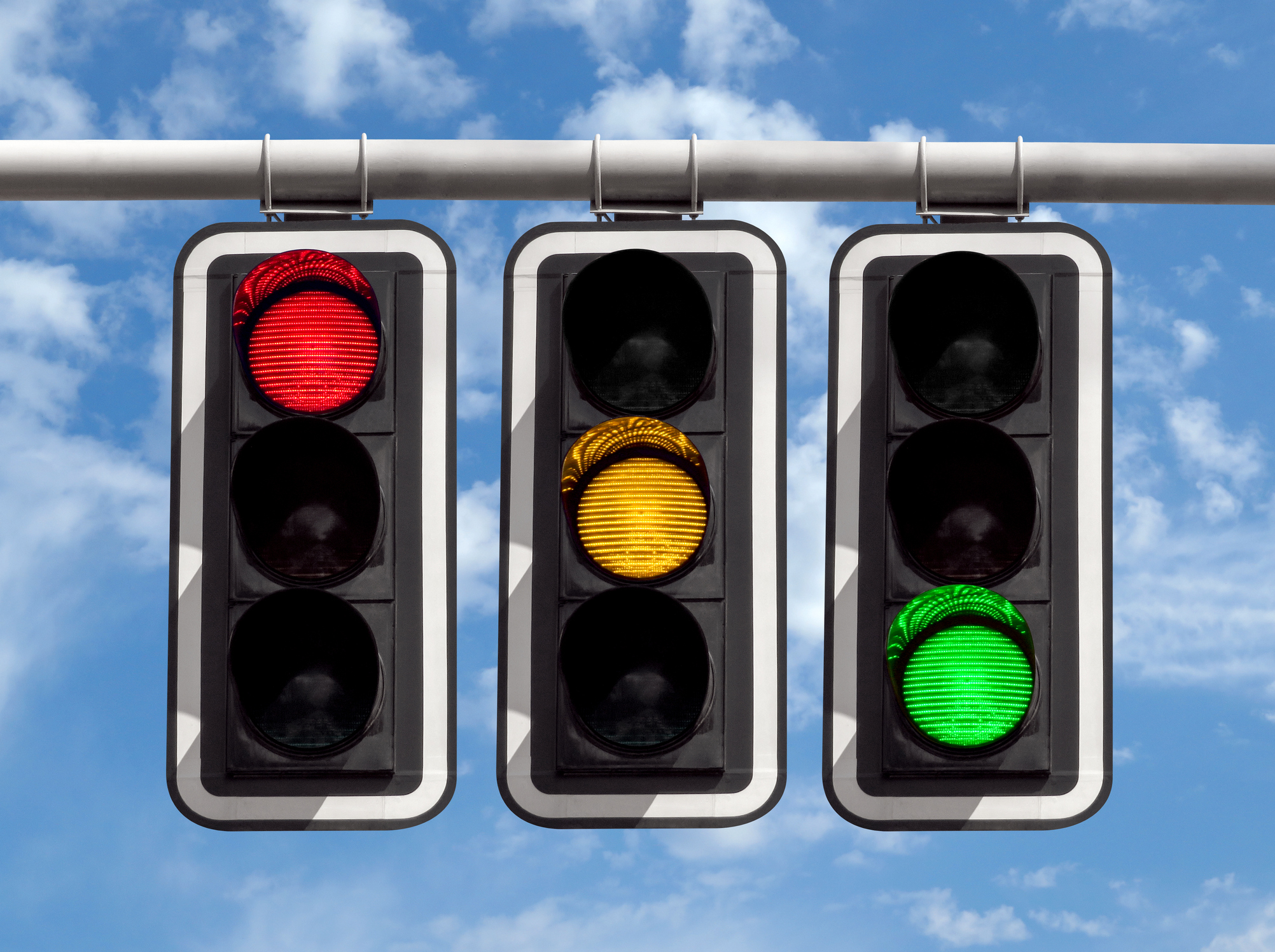
Overall health and fitness aside, weight loss boils down to one thing: calories in versus calories out. In order to lose weight, you need to burn more calories than you consume. Period. But counting calories can seem like an overwhelmingly tedious task to most people. It does take some extra time, and those first few weeks of figuring out how many calories are in every single food item you eat can be frustrating, but there is no denying the results.
Studies have shown that even people who track just a single meal per day have better weight loss success, simply because knowing how much you’ve consumed empowers you to make better choices the rest of the day or even the following day. Of course, it’s not the easiest thing to start doing, let alone continue to do consistently. One of the best ways to make counting calories easier is to use a virtual weight loss coach, like Noom.
Here are some other ways you can make counting calories easier:
1. Get to Know Portion Sizes

If you’re attempting to lose weight by counting calories, it’s super-important to take a few weeks to pay very close attention to what the recommended portion sizes actually are. If you do your research and you’re mindful about what 1/4 cup, 4 ounces, or 2 tablespoons actually look like for various foods at each meal, you’ll start to associate a visual with that portion size. Once you have a picture in your mind, you’re more likely to serve yourself the appropriate portion, and it will be a lot easier to log your calories accurately.
2. Invest in Some Measuring Tools

While it might seem annoying and time-consuming to measure out what you eat, in the beginning it’s absolutely worth the effort. Invest in a good set of measuring cups and measuring spoons so you can measure out the recommended portions of the foods you eat and start to internalize what the right portion sizes look like for you and your current goals. You might be surprised what half a cup of rice looks like or what size a 3-ounce portion of chicken is. Once you know the right portion sizes and how many calories are in that portion, tracking calories gets a lot simpler.
3. Color-Code Your Foods

There are a number of different weight loss programs that use some sort of coding system for foods to help users learn which foods pack the most nutrition for the least amount of calories. This essentially teaches people which foods are truly healthy versus which are just low-calorie junk foods masquerading as healthy options. We like Noom, which features an online calorie tracker as well as a color-coded food database that categorizes foods based calorie density as well as nutritional value. That way, you can choose options that allow you to stay within your daily calorie range without feeling overly hungry. Green for foods with the lowest calorie density with the most nutrients, yellow for slightly more caloric foods that aren’t quite as nutritionally beneficial, and red for foods that are the most calorie-laden with the least nutritional value.
4. Make a List of the Calories in the Foods You Eat Most Often

Whether you jot it down in a paper journal, make a digital list, or use an app to calculate and store the calories in your favorite recipes, keep a record of the calorie counts for your favorite foods, recipes, and even meals on hand and easily accessible. This speeds up the process of entering those calories into your calorie trackers. Saving time definitely takes some of the hassle out of counting calories.
5. Use an Online Food Log

We are lucky enough to live in the era of technology that simplifies nearly everything, including calorie counting. There are countless apps and online food trackers and calorie counters that allow users to keep their food logs updated in an instant, no matter where they are. With an online food log, you can literally enter in a restaurant meal before you even order or do the same at home while you wait for the pasta water to boil. Plus, nearly all of these apps automatically figure out the amount of calories there are in whatever portion size you enter for thousands and thousands of foods, including whole foods as well as packaged foods and restaurant menu items.




